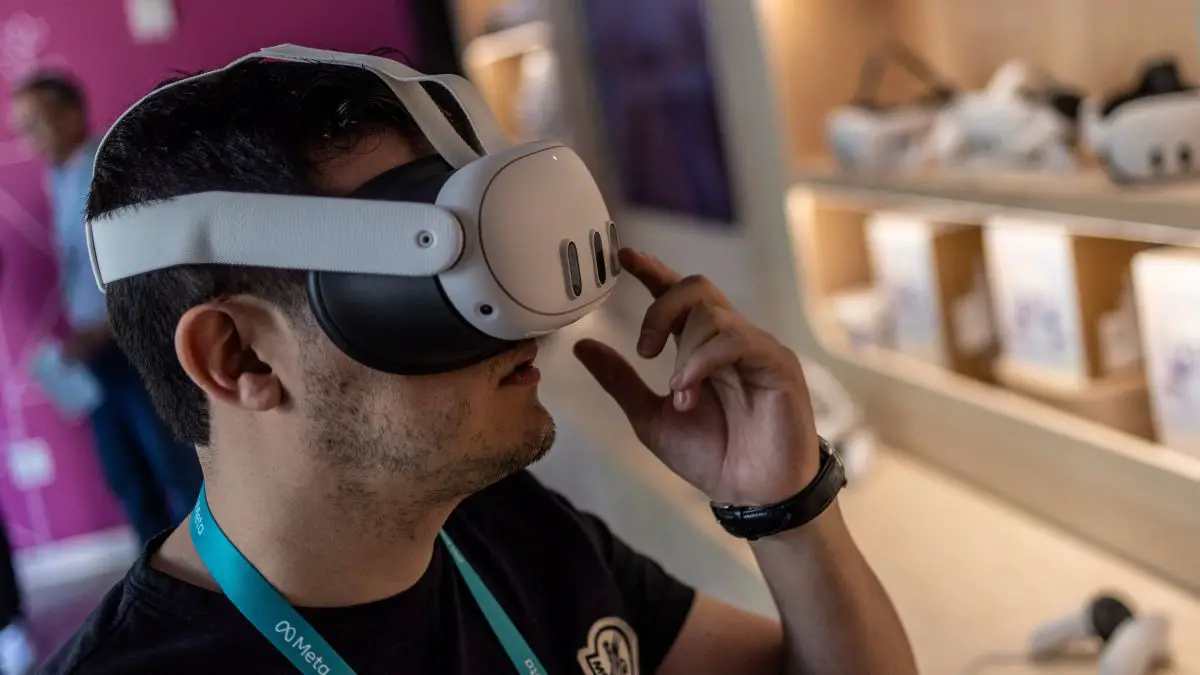AI models are being applied to every dataset under the sun, but are inconsistent in their outcomes. This is as true in the medical world as anywhere else, but a startup called Piramidal believes it has a sure thing with a foundational model for analyzing brain scan data.
Cofounders Dimitris Sakellariou and Kris Pahuja have observed that electroencephalography (EEG) technology, while used in practically every hospital, is fragmented among many types of machines and requires specialized knowledge to interpret. A piece of software that can consistently flag worrisome patterns, regardless of time, location, or equipment type could improve outcomes for folks with brain disorders, while taking some of the load off overworked nurses and doctors.
“In the neural ICU, there are nurses actually monitoring the patient and looking for signs on the EEG. But sometimes they have to leave the room, and these are acute conditions,” said Pahuja. An abnormal reading or alarm could mean an epileptic episode, or a stroke, or something else — nurses don’t have that training, and even specialist doctors may recognize one but not the other.
The two started the company after working for years on the feasibility of computational tools in neurology. They found there is absolutely a way to automate analysis of EEG data that is beneficial for care, but that there’s no simple way to deploy that technology where it’s needed.
“I have experience with this, and I mean I’ve been sitting next to neurologists in the operating room to understand exactly why these brainwaves are useful, and how we can build computational systems to identify them,” said Sakellariou. “They’re helpful in many contexts, but every time you use an EEG device, you have to rebuild the whole system for that specific problem. You need to get new data, you need to have humans annotate the data from scratch.”
That would be hard enough if every EEG system, hospital IT setup, and data format were the same, but they vary widely in the most basic elements, like how many electrodes are on the machine and where they’re placed.
Piramidal’s founders believe — and claim to know, though this culmination of their work is not yet published — that a foundational model for EEG readings could make life-saving brainwave pattern detection work out-of-the-box rather than after months of studies.
To be clear, it’s not meant to be a do-it-all medical platform — a closer analogue may be Meta’s Llama series of (relatively) open models, which foot the initial expense of creating the foundational capability of language understanding. Whether you build a customer service chatbot or a digital friend is up to you, but neither works without the fundamental ability to understand human language.
But AI models aren’t limited to language — they can be trained to work in fluid dynamics, music, chemistry, and more. For Piramidal, the “language” is brain activity, as read by EEGs, and the resulting model would notionally be capable of understanding and interpreting signals from any setup, any number of electrodes or model of machine, and any patient.
No one has yet built one — at least, not publicly.
Although they were careful not to overstate their current progress, Sakellariou and Pahuja did say, “We have built the foundational model, we have run our experiments on it, and now we are in the process of productionizing the code base so it is ready to be scaled to billions of parameters. It’s not about research — from day one it’s been about building the model.”
The first production version of this model will be deployed in hospitals early next year, Pahuja said. “We’re working on four pilots starting in Q1; all four of them will test in the ICU, and all four want to co-develop with us.” This will be a valuable proof of concept that the model works in the diverse circumstances presented by any care unit. (Of course PIramidal’s tech will be over and above any monitoring the patients would normally be provided.)
The foundation model will still need to be fine-tuned for certain applications, work that Pahuja said they will do themselves at first; unlike many other AI companies, they don’t plan to build a foundation model and then rake in fees from API usage. But they were clear that it’s still incredibly valuable as-is.
“There’s no world where a model trained from scratch will do better than a pretrained model like ours; having a warm start can only improve things,” Sakellariou said. “It’s still the biggest EEG model that has ever existed, infinitely larger than anything else out there.”
To move forward, Piramidal needs the two things essential to every AI company: money and data. The first they have a start on, with a $6 million seed round co-led by Adverb Ventures and Lionheart Ventures, with participation by Y Combinator and angel investors. That money will go towards compute costs (huge for training models) and staffing up.
As far as data goes, they have enough to get their first production model trained. “It turns out there’s a lot of open source data — but a lot of open source siloed data. So we’ve been in the process of aggregating and harmonizing that into a big integrated data store.”
The partnerships with the hospitals should provide valuable and voluminous training data, though — thousands of hours of it. This and other sources could help elevate the next version of the model beyond human capability.
Right now, Sakellariou said, “We can address confidently this set of defined patterns doctors look out for. But a bigger model will let us pick out patterns smaller than the human eye can consistently and empirically tell exist.”
That’s still a ways off, but superhuman capability is not a prerequisite to improving the quality of care. The ICU pilots should allow the tech to be evaluated and documented much more rigorously, both in scientific literature and likely in investors’ meeting rooms.










